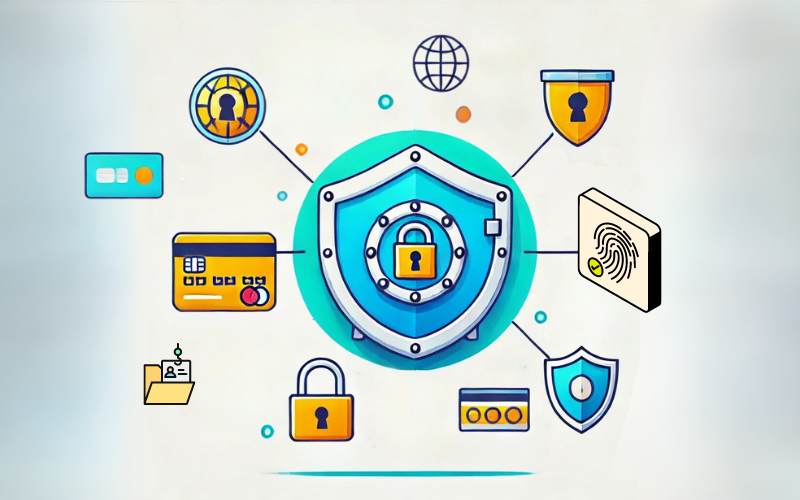


In todays society a lot of our information is easily accessible online especially when it comes to our finances. As cybercriminals continue to enhance their tactics safeguarding your financial details, from hackers has never been so crucial. But here’s the silver lining – there are measures you can implement to protect your data and shield yourself from potential risks. This article is here to guide you with advice on securing your information, against hackers without feeling daunted by the process.
Hackers love targeting financial data because it’s valuable. They can use it to steal your money, open accounts in your name, or sell your information on the dark web. The aftermath can be draining, both financially and emotionally, as you try to clean up the mess.
By taking a few proactive steps, though, you can significantly reduce your chances of becoming a victim of online fraud or identity theft. Let’s take a look at how you can protect yourself.
We’ve all heard it before: use strong passwords. But it’s worth repeating because so many people still use easy-to-guess passwords like “password123” or “qwerty.” Hackers thrive on weak passwords, and once they crack one, they can access all your accounts if you’re using the same password everywhere.
Two-factor authentication (2FA) adds an extra layer of security to your accounts. With 2FA, you need more than just a password to log in. You’ll also need to enter a code sent to your phone or email, which means even if a hacker has your password, they’ll still be locked out.
Public Wi-Fi, like the kind you use at a coffee shop or airport, is convenient, but it’s also a hacker’s playground. These networks aren’t always secure, meaning hackers can intercept any data you send—like passwords or account information.
It’s important to regularly check your bank and credit card statements. Hackers often test the waters by making small, unauthorized transactions to see if you’ll notice. By reviewing your statements frequently, you can catch these red flags early and contact your bank to stop further fraudulent activity.
If something seems off, contact your bank or credit card provider immediately to freeze the account and dispute the charges.
Many banks and credit card companies offer customizable account alerts that notify you of certain activities, like large transactions or account changes. These alerts are sent in real-time via text or email, so you’ll know right away if something suspicious is happening.
Account alerts give you peace of mind, knowing you’ll be notified the moment something unusual happens.
Hackers often take advantage of vulnerabilities in outdated software. By keeping your operating system, apps, and antivirus software up to date, you’re closing security loopholes and protecting your personal data from the latest threats.
Phishing scams are one of the most common ways hackers try to trick you into giving up personal information. They might send you a fake email that looks like it’s from your bank or a well-known company, urging you to click a link and log in. Once you do, they’ve got your details.
If you’re unsure about an email, contact the company directly using the information on their official website.
A Virtual Private Network (VPN) is a tool that encrypts your internet connection, making it much harder for hackers to intercept your data. This is especially useful when you’re using public Wi-Fi or unsecured networks.
Protecting your financial information from hackers doesn’t have to be complicated. By following these practical steps—like using strong passwords, setting up two-factor authentication, and staying alert for phishing scams—you can significantly reduce your risk of falling victim to cybercriminals.
It’s also a good idea to regularly check your financial statements, keep your devices updated, and use a VPN when necessary. These habits will help you stay safe online and protect your finances from potential threats.
Copyright © 2025 ・ SafeIDWatch ・ All Rights Reserved